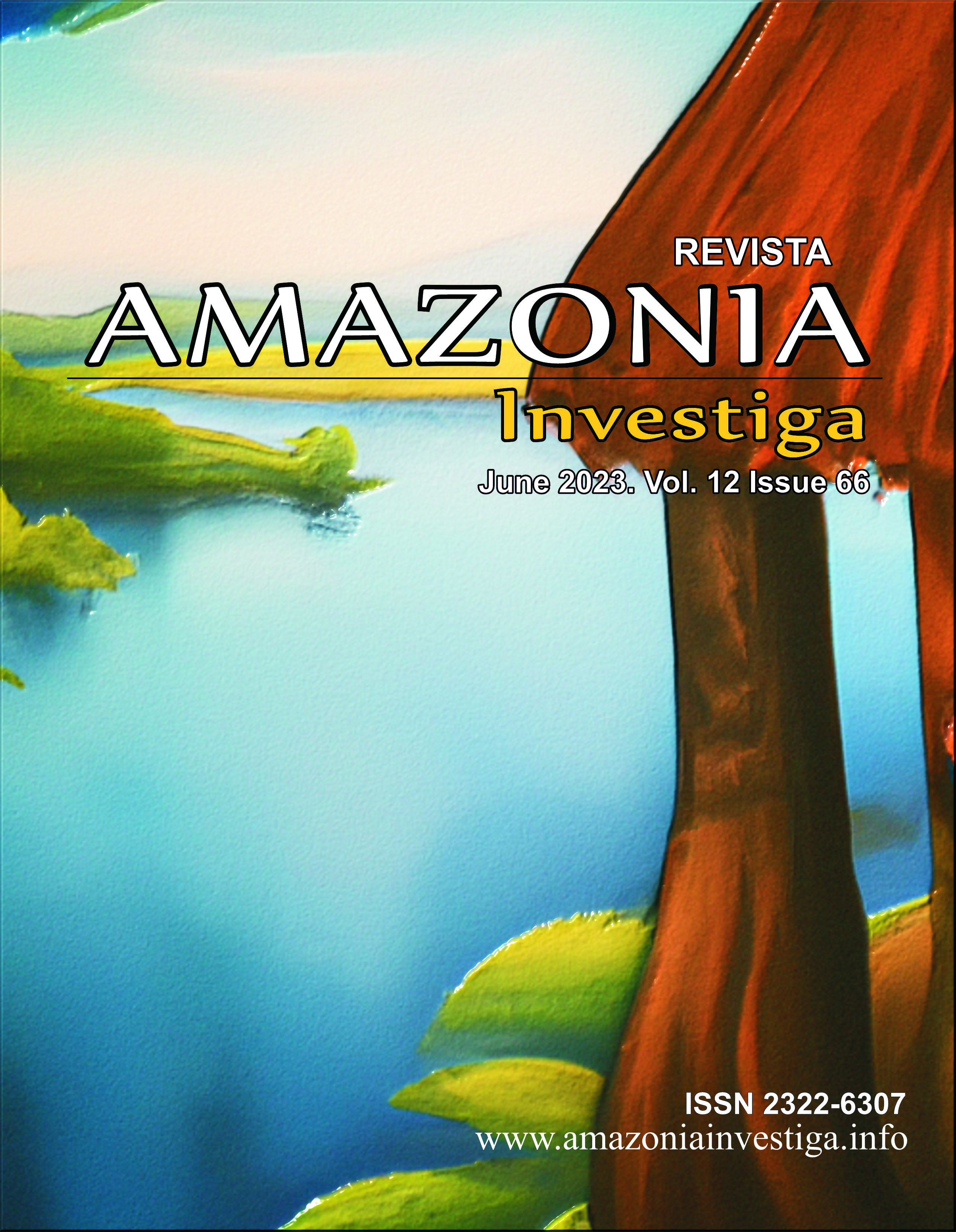Analyzing user satisfaction and perception for the sustainable development of Mama Ngina waterfront in Kenya
Publicado 2023-07-30
Palabras clave
- User Satisfaction, Perception, Sustainable Development, Mama Ngina Waterfront, Kenya.
Cómo citar
Resumen
Public spaces play a crucial role in the well-being of communities, providing accessible, and open areas for various activities. This article focuses on the significance of analysing user satisfaction and perception in shaping the future of Mama Ngina Waterfront, a newly developed public space in Mombasa, Kenya. Mama Ngina Waterfront aims to enhance the social and economic welfare of the local society by offering a range of amenities and services. Understanding user perception and satisfaction is crucial for the waterfront's sustainable development. The article explores the research questions related to user perception and satisfaction, discusses the methodology employed, evaluates the findings, and provides recommendations for improvement. The study employed observation and questionnaires to collect data from visitors, residents, and business owners in the surrounding area. The questionnaire distributed 138 respondents. The evaluation of the findings highlights both positive aspects and areas for improvement, covering functionality, socio-cultural aspects, political considerations, and user perception. By addressing these areas for improvement and considering user feedback, Mama Ngina Waterfront can thrive as an attractive, vibrant, and inclusive public space, contributing positively to the social fabric and economic growth of the society in Mombasa, Kenya.
Descargas
Citas
Breen, A., & Rigby, D. (1985, February). Urban Waterfront: Positive Directions Urban Problems. In Proceedings of the Proceedings from Recreational Conference, Mertyle Beach, SC, USA (pp. 60-80).
Brückner, A., Falkenberg, T., Heinzel, C., & Kistemann, T. (2022). The Regeneration of Urban Blue Spaces: A Public Health Intervention? Reviewing the Evidence. Frontiers in Public Health, 9, 782101. https://doi.org/10.3389/fpubh.2021.782101
Brundtland, G. (1987). Report of the World Commision on Environement and Development: Our Common Future. Oxford Paperbacks.
Carmona, M. (2021). Public Places Urban Spaces: The Dimensions of Urban Design. Routledge. New York. https://doi.org/10.4324/9781315158457
Estupiñán, J. M. T., & Álvarez, J. F. (2016). The Age of Sustainable Development. Revista Finanzas y Política Económica, 8(2), 215-216. https://doi.org/10.14718/revfinanzpolitecon.2016.8.2.1
Gauzin-Müller, D. (2002). Sustainable Architecture and Urbanism: Concepts, Technologies, Examples. Springer Science & Business Media.
Google Earth (2023). Google Earth. Recovered from: https://acortar.link/MA0G0M. Date of access: 04.05.2023
Hou, D. (2009). Urban Waterfront Landscape Planning. Sweden: In Blekinge Institute of Technology Karlskrona.
Jung, C., Awad, J., & Al Qassimi, N. (2021). Analyzing the Users’ Satisfaction Levels and Perceptions of the Dubai Water Canal for Future Waterfront Development in UAE. Future Cities and Environment, 7(1). https://doi.org/10.5334/fce.134
Kenyan_Yungin. (2020). Mombasa, Mama Ngina Waterfront. Recovered from: https://acortar.link/QMqtuG. Date of access: 04.05.2023
Kostopoulou, S. (2013). On the Revitalized Waterfront: Creative Milieu for Creative Tourism. Sustainability, Switzerland, 5(11), 4578-4593. https://doi.org/10.3390/su5114578
Moretti, M. (2010). Valorisation of Waterfronts and Waterways for Sustainable Development Ukraine: Poltva River Renewing.
Niemann, B., & Werner, T. (2016). Strategies for the sustainable urban waterfront. WIT Transactions on Ecology and the Environment, 204, 431-439.
Popovi?, S., Vlahovi?, S., & Vatin, N. (2015). The Role of Water in City Center, through Location of “Rakitje.” Procedia Engineering, 117(1), 849-858. https://doi.org/10.1016/j.proeng.2015.08.151
Porteous, J.D. (1977). Design with people. Environ. Behav, 3, 206–223.
Robert Menza. (2023). History, relaxation at Mama Ngina Waterfront Park. Recovered from: https://acortar.link/s52xOy. Date of access: 04.05.2023
Shah, S., & Roy, A. K. (2017). Social Sustainability of Urban Waterfront- The Case of Carter Road Waterfront in Mumbai, India. Procedia Environmental Sciences, 37, 195-204. https://doi.org/10.1016/j.proenv.2017.03.034
SSLA. (2013). Sustainable Development. Recovered from: https://www.ssla.co.uk/sustainable-development . Date of access: 03.05.2023
The Waterfront Center. (1999). Urban Waterfront Manifesto. Recovered from: http://www.waterfrontcenter.org/about/manifesto.html . Date of access: 24.04.2023
Timur, U. (2013). Urban Waterfront Regenerations. Advances in Landscape Architecture. IntechOpen.
UN-Habitat. (2018). SDG Indicator 11.7.1 Training Module: Public Space. United Nations Human Settlement Programme.
Üzümcüo?lu, D., & Polay, M. (2022). Urban Waterfront Development, through the Lens of the Kyrenia Waterfront Case Study. Sustainability, 14(15), 9469. https://doi.org/10.3390/su14159469
Yassin, A. B., Eves, C., & Mcdonagh, J. (2010). An Evolution of Waterfront Development in Malaysia. 16th Pacific Rim Real Estate Society Conference.
Zhao, P. (2020). Study on the Representation of Traditional Graphic Elements in Coastal Landscape Planning and Design. Journal of Coastal Research, 115(SI), 253-255. https://doi.org/10.2112/JCR-SI115-080.1
Zhou, Q. (2020). Research on Architectural Space Design of Coastal Cities Based on Virtual Reality Technology. Journal of Coastal Research, 115(SI), 13-16. https://doi.org/10.2112/JCR-SI115-005.1











